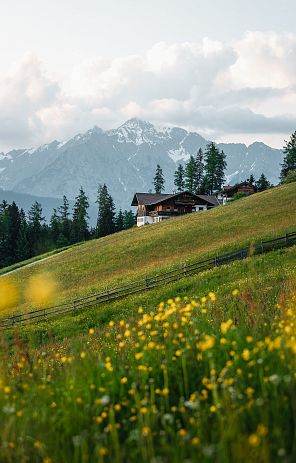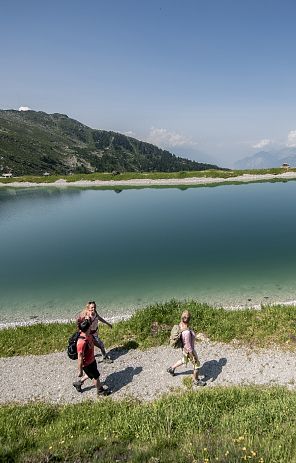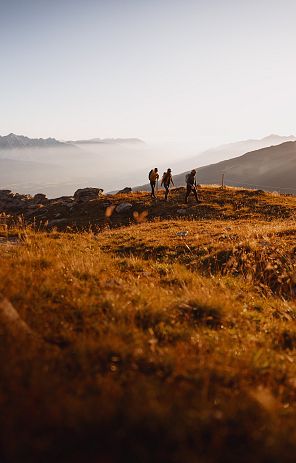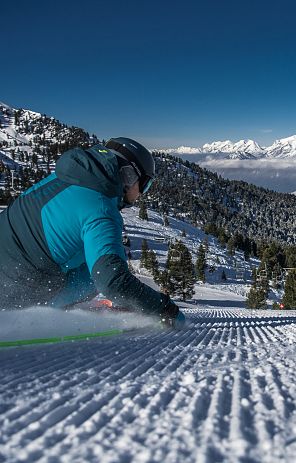Eusebio Kino. Jesuit priest in Hall in Tyrol
The clergyman Padre Eusebio Francisco Kino, actually Eusebius Franz Kühn, (born on August 10, 1645 in Segno, today Taio in Trentino; died March 15, 1711 in Magdalena de Kino / Sonora, Mexico) spent his schooling with the Jesuits in Hall in Tyrol. Padre Kino was a Tyrolean Jesuit who worked as a cartographer and missionary in the southwest of the USA and the northwest of Mexico.
Padre Kino grew up in humble circumstances. He was sent to a Jesuit school in Trento by his parents. There he learned to read and write. He then moved to Hall in Tyrol, which was one of the centers of the Alpine region in the 17th century. In Hall, Kino attended the Jesuit College. It was at the Jesuit College in Hall near Innsbruck that Eusebio Francisco Kino had a decisive experience:
This is where his life took a dramatic turn. The young Eusebio fell seriously ill. The doctors fought for his life, but it seemed hopeless. Eusebio's great role model was St. Francis Xavier (Hall's patron saint!), and so he decided to say a novena to him. While praying the novena, he vowed to the saint that he would join the Jesuit order as a missionary if he recovered. He was familiar with this idea, as his cousin Martinus Martini had joined the order and became a respected cartographer and astronomer in China.
Source: An unsere Freude - Information from the South German Jesuits, Munich 2002, p. 7
After his time in Hall in Tyrol, he went to Ingolstadt in Upper Bavaria. In 1665 he joined the Jesuits in Landsberg, Bavaria. Kino was particularly interested in the natural sciences and mathematics. After successfully completing his theological studies, Kino decided to work as a missionary in the Orient. He even turned down an offer from the Bavarian prince for a teaching position at the University of Ingolstadt.
As luck would have it, Kino was appointed to Mexico instead of the Far East. He was sent to Spain in 1678 to study the Spanish language. Three years later, he and 18 companions embarked on a sea voyage to Veracruz in New Spain. At that time, New Spain covered large parts of what is now the United States and Mexico.
Padre Cinema in America
Shortly after his arrival in America, Padre Kino undertook an expedition. He was made aware of the terrible consequences of the attempted colonization of southern California by the Spanish conquistador Hernán Cortéz. It was only through an agreement between the Spanish crown and the Jesuits that the order became solely responsible for California. During the same excursion, Father Kino discovered that Lower California was not an island, as had been assumed until then, but a peninsula. In Lower California, he was entrusted with the missionary work of the Guaymas and the Seris.
One of the focal points of his work emerged some time later in Loreto. Under the leadership of Padre Kino, several missions were established within a short period of time. His concerns included good communication with the Indians and also mediation between the Indian tribes, who were often involved in armed conflicts. Padre Kino maintained lively and good contact with numerous Indian tribes and was therefore explicitly consulted by tribal chiefs in matters of concern. He confirmed the great trust that the indigenous population placed in Padre Kino in their mutual interest. Among other things, he learned the language of the Pima Indians. It was important to him to improve the economic and health situation of the Indians. Padre Kino also imparted agricultural knowledge, such as how to work with iron.
In his capacity as a cartographer, he was the first to produce topographical maps of the southwest of the United States: With his Native American-friendly attitude, Padre Kino met with incomprehension from many of his contemporaries. However, the Indians gave him the name "Black Farmer" because of his monk's habit.
The bay of Bahía Kino in the Gulf of California, the town of Magdalena de Kino in Mexico and numerous schools and streets in Mexico and Arizona / USA are named after him. Padre Kino was immortalized among the hundred great American personalities to whom a statue was dedicated in the "Hall of Fame" in the Capitol.
Many Mexicans venerate him like a saint, and numerous devotees are working towards his beatification.



